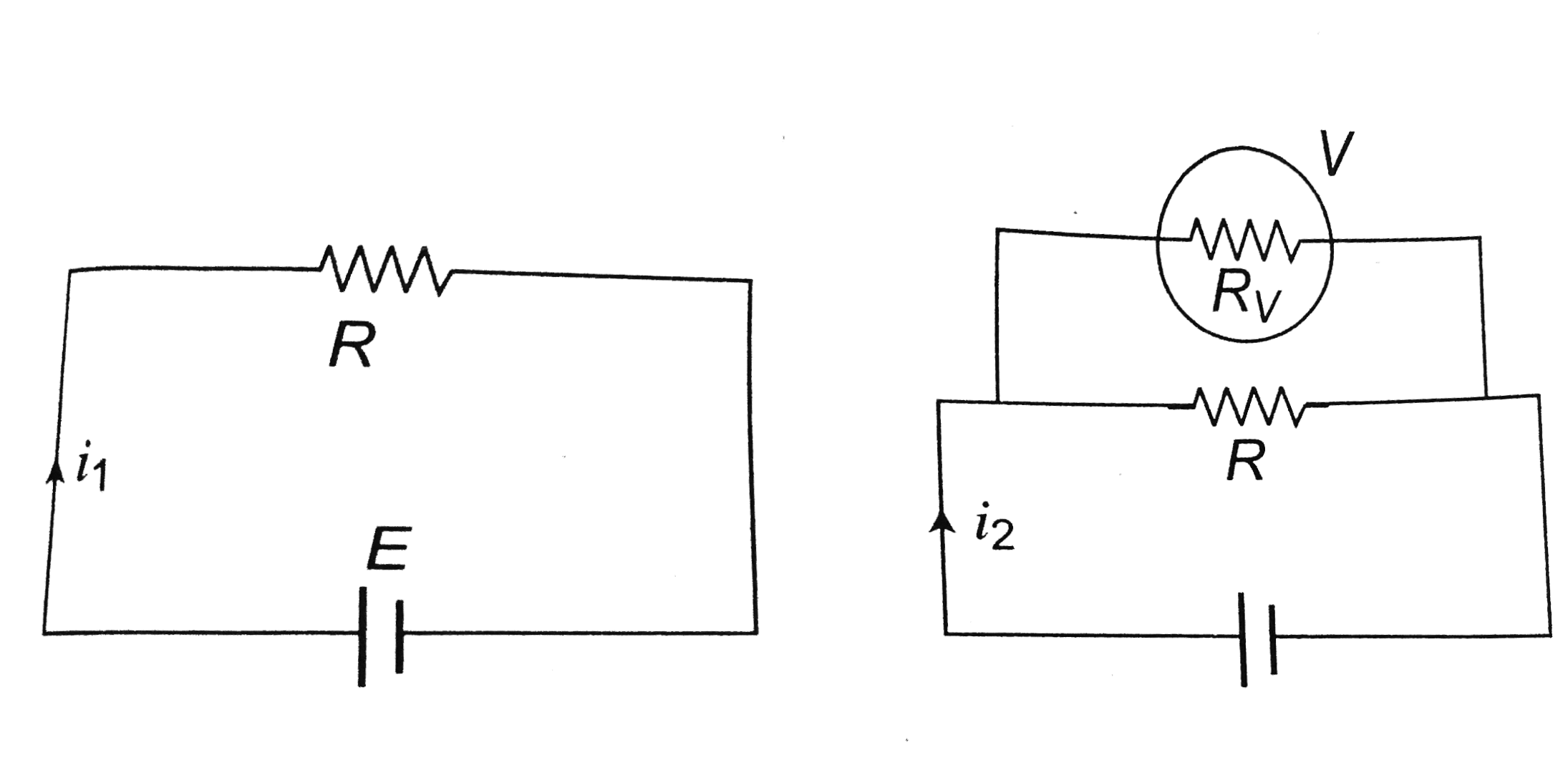Assertion : Potential measured by a voltmeter across a wire a always less than actual potential difference across it.
Reason : Finite resistance of voltmeter changes current flowing through the resistance across which potential difference is to be measured.
If both assertion and reason are ture and reason is the correct explanation of assertion.
If both assertion and reason are true but reason is not the correct explanation of assertion.
If assertion is true but reason is false.
If assertion and reason both are false.
The correct Answer is:A
(a)

Topper's Solved these Questions
- CURRENT ELECTRICITYBook:A2ZChapter:CURRENT ELECTRICITYExercise:AIPMTNEET Questions
Explore 81 Videos
- CURRENT ELECTRICITYBook:A2ZChapter:CURRENT ELECTRICITYExercise:Section - C
Explore 1 Video
- CURRENT ELECTRICITYBook:A2ZChapter:CURRENT ELECTRICITYExercise:Section - A
Explore 1 Video
- ATOMIC PHYSICSBook:A2ZChapter:ATOMIC PHYSICSExercise:Section D - Chapter End Test
Explore 30 Videos
- DUAL NATURE OF RADIATION AND MATTERBook:A2ZChapter:DUAL NATURE OF RADIATION AND MATTERExercise:Section D - Chapter End Test
Explore 30 Videos
Similar Questions
Knowledge Check
If the potential difference across the ends of a conductor is doubled, the current flowing through it gets
AdoubledBhalvedCfour timesDno changeIn the above question, potential difference across the 40Ω resistance will be
AZeroB80VC40VD120V
If the potential difference across the ends of a conductor is i volt and the current flowing through the conductor is 1 ampere,the resistance of the conductor?
View SolutionFind the resistance of a conductor if the electric current flowing through it is 0.35 A when the potential difference across it is 1.4 V.
View SolutionFind potential difference across the resistance 300 Ω in A and B.

View SolutionFind potential difference across the resistance 300Ω in A and B.

View SolutionAccording to this diagram , the potential difference across the terminals is ( internal resistance of cell =r)

View SolutionIf a current of 3 A flows through a wire of resistance 8 ohms, calculate the potential difference applied across its ends.
View Solution

